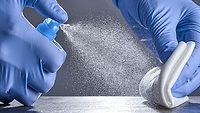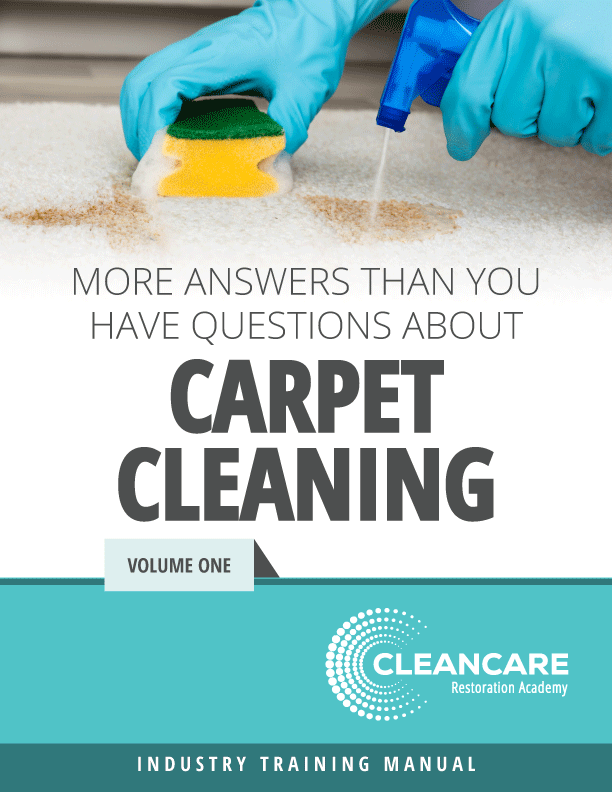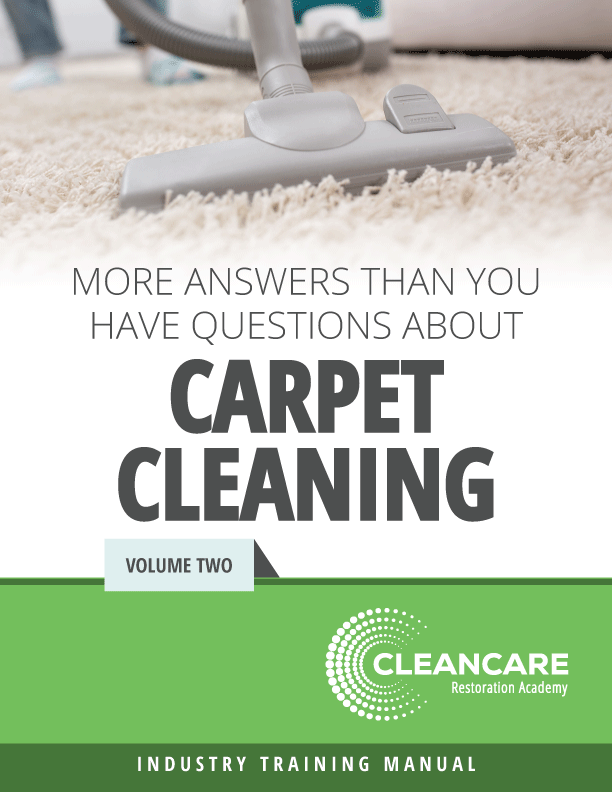The Urgent Need for Standards in Hoarding House Cleanups: Mitigating Risks and Ensuring Safety

All photos courtesy of Jeff and Lori Jones of Biosheen Services
If you’ve ever seen the aftermath of a hoarding situation, you know it’s not just about clutter. It’s a dangerous environment, both physically and biologically. Recently, a video on social media showed a cleaning crew woefully under-prepared to handle a "Level 9" hoard—dust, rodent droppings, contamination everywhere. And the worst part? They weren’t wearing proper PPE. One person was even in jeans, kneeling on floors covered in mouse droppings.
It’s a mess—literally and figuratively.
The bigger issue here is the complete lack of specific standards or regulations for cleaning hoarding houses. Without clear guidelines, both remediation teams and their customers are left vulnerable. This article isn’t just about best practices (though we’ll cover some of those); it’s about exposing the void in training and protection and why, as an industry, we need to fill that gap before the risks catch up to us.
The High-Risk Reality of Hoarding Cleanups
Let’s start with the obvious: hoarding environments aren’t your standard cleanups. It’s not just junk piled high in a garage—it’s often decades’ worth of accumulated decay and biohazardous waste. We’re talking mold, rodent and insect infestations, and dust so thick it could be a second carpet. These spaces create ecosystems for bacteria, pathogens, and viruses. Think about it: animal droppings, decaying food, and moisture from leaks or faulty plumbing. Mold spores and dust become airborne, introducing serious health risks like hantavirus and aspergillosis.
The problem? There’s no industry-wide standard to guide cleaning teams on how to safely manage hoarding cleanups. There also isn’t any way for a customer to recognize a qualified team, leaving them vulnerable to, perhaps well-meaning, but unqualified service providers.

Have you Trained on These Basic Steps?
In the context of hoarding situations, have you and your teams trained on these essential steps:
- Site Assessment: Before anyone steps foot into a hoarding site, a thorough assessment is critical. This isn’t just a quick walk-through; it’s a detailed evaluation to identify risks like structural instability, the presence of sharp or hazardous objects, and any biohazards that require special handling. A proper site assessment allows teams to gauge the level of contamination, select the right PPE, and prepare for any unexpected risks. Without it, you’re going in blind—and that’s where things get dangerous.
- Respiratory Protection: A surgical mask isn’t going to cut it. Proper respiratory protection, like an N95 (at minimum) or better, is non-negotiable in spaces filled with airborne contaminants. Remember pathogens hitch rides on airborne particles!
- Body Protection: Full coverage is critical. Think Tyvek suits, not jeans. These environments demand full-body protection to shield against both physical grime and biohazards. In hoarding cleanups, you never know what contaminants might be present, so comprehensive body protection is essential.
- Foot and Hand Protection: Shoe coverings and gloves are a must. Yet, in that video, they were nowhere to be found. Handling biohazardous materials without gloves invites infections, skin irritation, and worse. Wearing double layered gloves of different colors, and shoe coverings should be durable enough to handle sharp objects that may be hidden under debris.
- Donning and Doffing Protocols: Proper donning and doffing (putting on and removing PPE) are often overlooked but can make all the difference. Contamination frequently happens during removal, when particles from the PPE can become airborne. Training teams to follow precise steps in donning and doffing prevents contamination and minimizes exposure to hazardous particles. This is crucial in hoarding cleanups, where biohazards are often present on every surface. Rushing or improperly removing gear can negate all the protective measures you’ve taken.
- Proper Disposal Practices: Disposal is the final, but equally crucial, step. Hazardous materials from hoarding sites—whether it’s contaminated PPE, animal waste, or chemical spills—must be disposed of according to biohazard regulations. This means designated bags, correct labeling, and specific disposal sites that prevent hazardous materials from entering public waste systems. Proper disposal doesn’t just protect the team; it safeguards the wider community by preventing contaminants from spreading beyond the site.
The takeaway is simple: if you’re cleaning up a hoarding situation, you need to treat it like a biohazard site—because that’s what it is. This isn’t a job for household cleaners and elbow grease. It requires professional-grade equipment and professional-level knowledge of what you're dealing with.

Training Programs Currently Available
While the industry lacks a unified standard, there are programs out there. But preparing for hoarding cleanups may require cobbling a mix of training and certifications. For instance:
- OSHA Bloodborne Pathogen Training: Necessary for handling any situation where the risk of exposure to blood is possible.
- HAZWOPER (Hazardous Waste Operations and Emergency Response): Covers safe practices for handling hazardous materials, typically more suited for industrial spills but provides good basic principals on site response planning.
- IICRC Certification: Offers specialized training in trauma and crime scene cleanup, which shares similarities with hoarding in terms of potential biohazards.
- Microbial Warrior Academy: This academy is among the most comprehensive options available, covering everything from biological and chemical threats. It offers a hands-on training program that walks students through real-life scenarios.
Filling the Gap: What We Need as an Industry
The cleaning and restoration industry needs clear guidance specific to hoarding cleanups. It should include:
Without specific guidance, we leave teams and clients vulnerable to real dangers.
- Hands-On, Hoarder-Specific Training: A specialized, hands-on, training program covering all the potential biohazards found in hoarding situations and how to mitigate them. It should include how to run a site assessment, what tools and products are most effective and how to properly dispose of collected waste materials.
- Mandatory PPE Requirements: Based on a risk assessment of the scenario at hand, mandating minimum PPE requirements, coupled with donning and doffing training.
- Post-Cleanup Verification: Like mold or asbestos remediation, hoarding cleanups should include air quality tests, surface tests like ATP swabs and visual inspections to ensure the space is safe to inhabit
- Clear Communication with Clients: Customers deserve transparency about the tools and processes used and how the job will be validated.
Conclusion: Don’t Cut Corners
The industry is at risk right now. Without specific guidance, we leave teams and clients vulnerable to real dangers. It’s time to fill the gap with specialized training and clear PPE and protocol requirements to meet the unique challenges of hoarding environments.
If you’re in this business, don’t cut corners. Get trained, get protected, and don’t take unnecessary risks. You’re not just cleaning—you’re safeguarding lives.
Looking for a reprint of this article?
From high-res PDFs to custom plaques, order your copy today!








